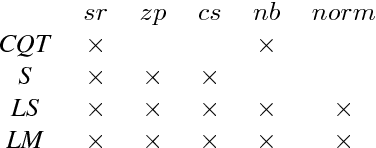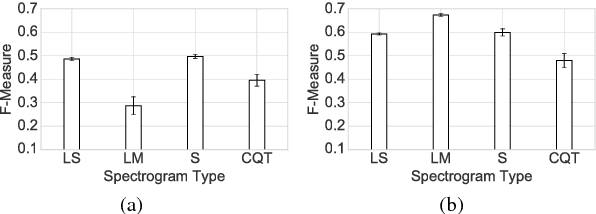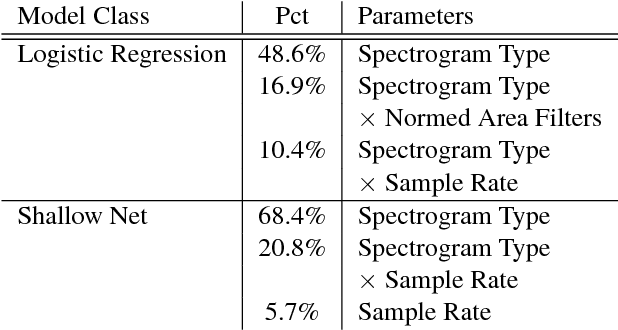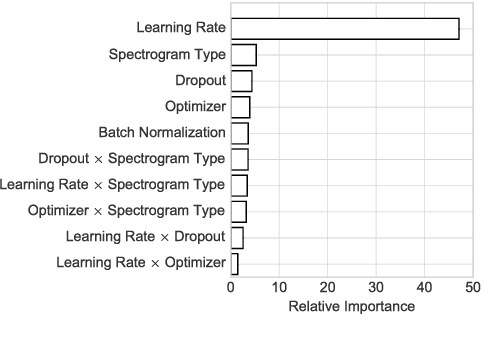On the Potential of Simple Framewise Approaches to Piano Transcription
Paper and Code
Dec 15, 2016



In an attempt at exploring the limitations of simple approaches to the task of piano transcription (as usually defined in MIR), we conduct an in-depth analysis of neural network-based framewise transcription. We systematically compare different popular input representations for transcription systems to determine the ones most suitable for use with neural networks. Exploiting recent advances in training techniques and new regularizers, and taking into account hyper-parameter tuning, we show that it is possible, by simple bottom-up frame-wise processing, to obtain a piano transcriber that outperforms the current published state of the art on the publicly available MAPS dataset -- without any complex post-processing steps. Thus, we propose this simple approach as a new baseline for this dataset, for future transcription research to build on and improve.
 Add to Chrome
Add to Chrome Add to Firefox
Add to Firefox Add to Edge
Add to Edge